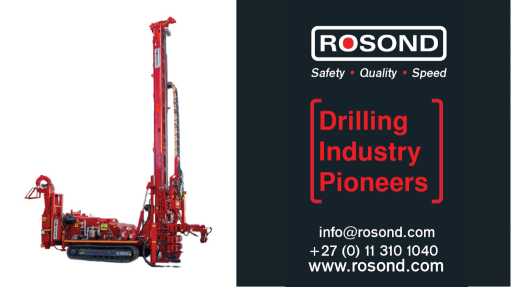Demolition of older compromised structures versus modern recyclable buildings
This article has been supplied.
Demolition of older, compromised structures – from residential buildings to industrial facilities – can have significant environmental and social implications. The demolition process can generate a huge quantity of waste, including hazardous materials such as asbestos and lead, posing a risk to human health and the environment, such as air and noise pollution.
“Demolition implications for older, compromised structures vary depending on the type, size, location and condition of the buildings or facilities,” notes Kate Bester, Contracts and Project Manager at Jet Demolition.
Common challenges and risks are the presence of asbestos and other hazardous materials that may pose health and environmental hazards during demolition and disposal. In addition, there could be structural instability and the potential for collapse due to deterioration, damage, or design flaws.
Noise, dust, vibration, and traffic disruption may impact residents, businesses, and infrastructure in the immediate vicinity. Legal and regulatory requirements in the form of permits, approvals, consultations, and notifications before, must also be considered, during and after demolition.
On the other hand, modern buildings tend to have recyclability incorporated into their design and construction. The use of sustainable materials such as bamboo, recycled steel, and reclaimed wood is becoming increasingly popular in modern construction. In addition, modern buildings are designed to be energy-efficient and incorporate features such as solar panels, rainwater harvesting systems, and green roofs.
Modern building design often incorporates the ease of disassembly and recycling at the end of their useful life. Further alternatives such as adaptive re-use are considered, with forward-looking analysis of potential rezoning to accommodate urban growth. Closed-loop design and construction methodologies enable the reuse of building materials at the end of their lifecycle, where adaptive re-use repurposes fit-for-purpose structures, to accommodate an ever-changing environment.
Newer buildings are also more likely to embrace green building standards and certifications such as LEED, BREEAM, or Green Star to promote resource efficiency, waste reduction, and environmental performance. Adopting circular economy principles and practices such as cradle-to-cradle, closed-loop or regenerative design can reduce waste significantly and create value from waste streams.
When it comes to very older buildings, the National Heritage Resources Act 25 of 1999 states that no structure or part of a structure older than 60 years may be demolished or altered without a relevant permit from the relevant provincial heritage resources authority. Certain conditions may also be imposed as to how the property may be developed in future to conserve heritage resources.
Article Enquiry
Email Article
Save Article
Feedback
To advertise email advertising@creamermedia.co.za or click here
Comments
Press Office
Announcements
What's On
Subscribe to improve your user experience...
Option 1 (equivalent of R125 a month):
Receive a weekly copy of Creamer Media's Engineering News & Mining Weekly magazine
(print copy for those in South Africa and e-magazine for those outside of South Africa)
Receive daily email newsletters
Access to full search results
Access archive of magazine back copies
Access to Projects in Progress
Access to ONE Research Report of your choice in PDF format
Option 2 (equivalent of R375 a month):
All benefits from Option 1
PLUS
Access to Creamer Media's Research Channel Africa for ALL Research Reports, in PDF format, on various industrial and mining sectors
including Electricity; Water; Energy Transition; Hydrogen; Roads, Rail and Ports; Coal; Gold; Platinum; Battery Metals; etc.
Already a subscriber?
Forgotten your password?
Receive weekly copy of Creamer Media's Engineering News & Mining Weekly magazine (print copy for those in South Africa and e-magazine for those outside of South Africa)
➕
Recieve daily email newsletters
➕
Access to full search results
➕
Access archive of magazine back copies
➕
Access to Projects in Progress
➕
Access to ONE Research Report of your choice in PDF format
RESEARCH CHANNEL AFRICA
R4500 (equivalent of R375 a month)
SUBSCRIBEAll benefits from Option 1
➕
Access to Creamer Media's Research Channel Africa for ALL Research Reports on various industrial and mining sectors, in PDF format, including on:
Electricity
➕
Water
➕
Energy Transition
➕
Hydrogen
➕
Roads, Rail and Ports
➕
Coal
➕
Gold
➕
Platinum
➕
Battery Metals
➕
etc.
Receive all benefits from Option 1 or Option 2 delivered to numerous people at your company
➕
Multiple User names and Passwords for simultaneous log-ins
➕
Intranet integration access to all in your organisation


















